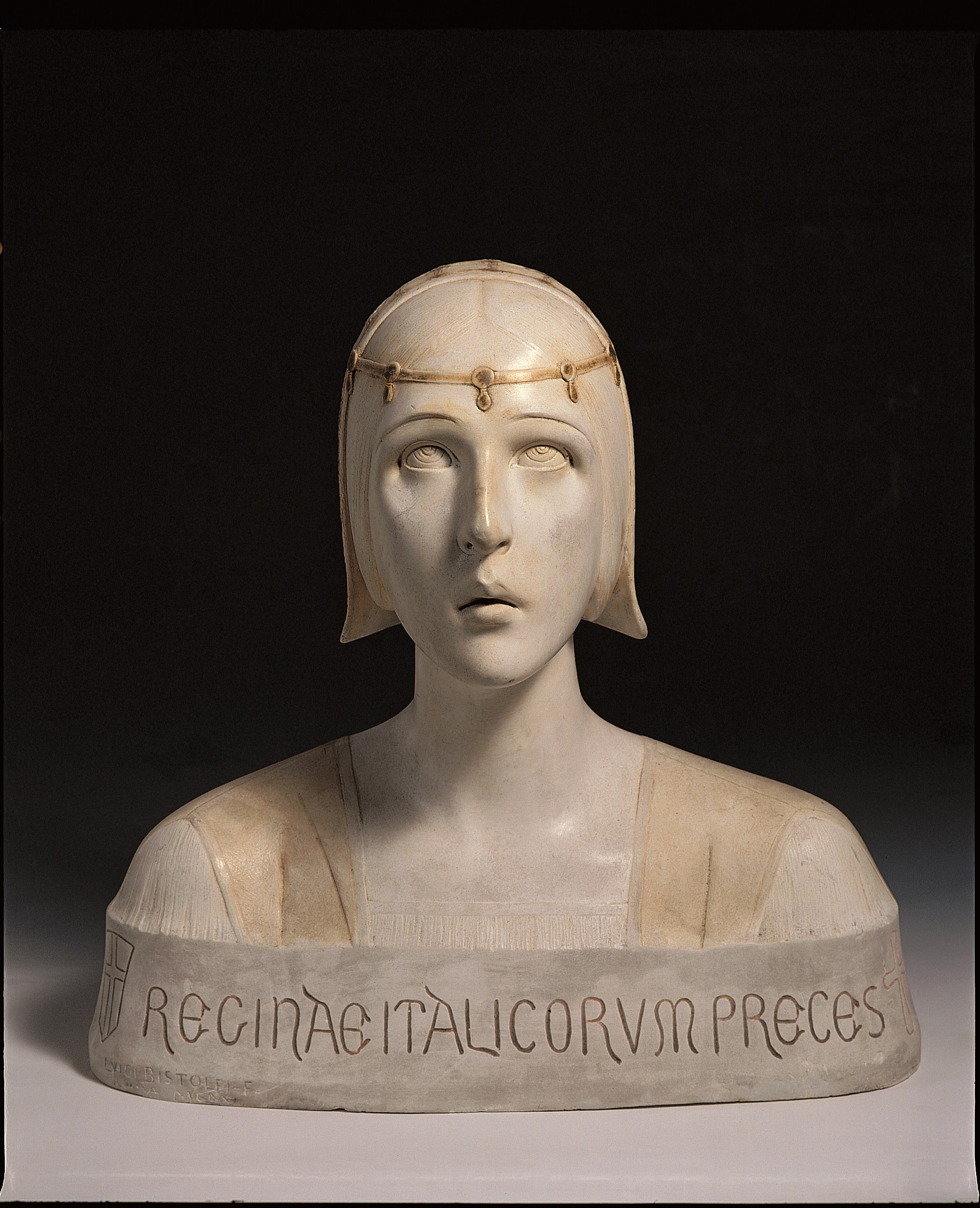
Click here to view image
La notte
Mitchell Wolfson Jr. 2007 Genova
GX1993.209.209
Unità di misura: cm; Altezza: 54; Larghezza: 80; Profondità: 40
Esposizione Internazionale - Roma, Piazza d’Armi - 1911<br>Biennale Internazionale delle Arti Decorative - Monza, Villa Reale - 19/05/1925 - 20/10/1925
The Latium countryside, with its "intense malia formed of primordial dreams, sadness and abandonment", was one of the main sources of inspiration for Duilio Cambellotti's multifaceted artistic experience. His cabinet "La notte" (The Night), exhibited in the "Room of the Inhabitants of the Roman Countryside" at the 1925 International Biennial in Monza, was the most emblematic work of his archaic aesthetic and cultural imagination. In a close dialectic between vernacular experiences, avant-garde experimentation and classical citations, Art Deco research was in fact expressed through a common tendency towards formal simplification and compositional rigour. Cambelotti's idealisation of the Roman countryside is expressed in his furniture production that echoes authentic models of rural tradition. This tendency was also seen at the 1911 international exhibition in Rome, with his installation for the Capanna dell'Agro Romano, where ethnographic documents and furniture made by farmers were exhibited. He also had a fundamental influence on the artistic training of his ceramic students, from Romeo Berardi to Roberto Rosati, from Renato Bassanelli to Melchiorre Melis.












